
Thinking about going with stucco or siding for your next home project? This guide is here to make that decision easier! With choices ranging from classic stucco to versatile vinyl siding, we’ll walk you through the options so you can find what’s best for your home. The team at All Around Roofing, Siding & Gutters knows that picking the right material can feel like a big deal, so let’s break down the pros and cons in a way that makes it all easy to understand.
Stucco vs. Siding: What’s the Difference?

Stucco and siding both cover your walls, but each has its own style and benefits. Stucco is applied wet and creates a solid outer layer as it dries, giving a textured, earthy look. Siding involves installing panels or boards—usually made from vinyl, wood, or fiber cement—directly to the exterior, adding a different kind of curb appeal.
The Scoop on Stucco

Stucco has long been a go-to for homes in warm, dry climates because it handles heat like a champ and can last up to 50 years with proper care! But if you’re in a wetter area, stucco might need extra love to keep it from chipping or cracking over time.
- Pros: Stucco is fire-resistant, which is great for areas with wildfires, and its earthy texture adds charm.
- Cons: Stucco is more sensitive to moisture, and it can take a while to fully dry and harden, making it more high-maintenance than some other options.
All About Vinyl Siding

Vinyl siding is a huge hit across the country, and it’s easy to see why—it’s affordable, durable, and comes in so many styles that you’re bound to find one you love.
- Pros: Vinyl is low-maintenance, cost-effective, and can handle different climates well. It’s also versatile, so you can get a wood or stone look without the cost or upkeep.
- Cons: It’s made from PVC, so it may not be the first choice for eco-conscious homeowners. However, many manufacturers now offer options made from recycled materials.
Wood Siding

Want a natural, rustic look? Wood siding is stunning and timeless, but keep in mind it requires a little more TLC to keep it looking good.
- Pros: Wood siding brings a cozy, cabin-like feel to your home.
- Cons: Regular maintenance is needed to prevent pests, mold, and rot, which adds up in both time and cost.
Fiber Cement Siding

Fiber cement siding, like James Hardie board, combines cement, sand, and fibers for a durable and long-lasting choice that works in pretty much any climate.
- Pros: This stuff can stand up to pretty much anything, from fires to freezing temps, and lasts 50 years or more.
- Cons: It’s pricier than vinyl and might need a pro for installation, but it’s worth it for its durability.
Our Final Say
Selecting the right exterior material for your home is a multifaceted decision that ultimately hinges on your specific priorities. Whether you prioritize climate resilience, budget considerations, or aesthetic appeal, it’s essential to weigh the pros and cons of each option. Vinyl siding offers a versatile and cost-effective solution, making it a popular choice across various climates; its durability and low maintenance requirements make it particularly appealing for homeowners seeking longevity without extensive upkeep. On the other hand, stucco excels in arid environments, providing excellent insulation and a timeless look that complements southwestern architecture. Its ability to withstand extreme heat and resist moisture makes it ideal for regions where summer temperatures soar.
Liberty Painting offers stucco repair and painting services, so if you need an expert to do this for you, you know where to go!
Meanwhile, fiber cement stands out as a robust alternative capable of enduring harsh weather conditions, from heavy rains to fierce winds. Its variety of styles and finishes allow homeowners to achieve a customized look that can enhance curb appeal while ensuring durability.
Ultimately, your choice should reflect a balance of these factors, tailored to your home’s location and your personal preferences. Consider consulting with local experts or contractors who understand the nuances of your specific environment. They can offer valuable insights and recommendations, helping you make an informed decision that aligns with your needs. By taking the time to evaluate each material thoughtfully, you can create a home exterior that not only looks great but also stands the test of time, providing comfort and protection for years to come.

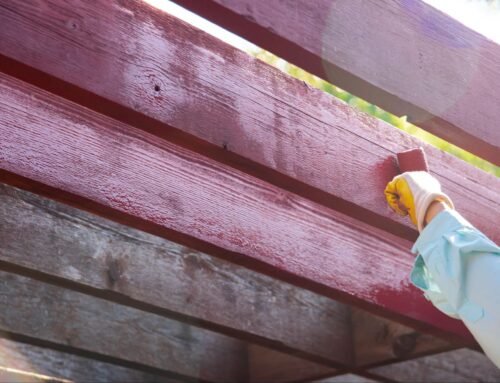
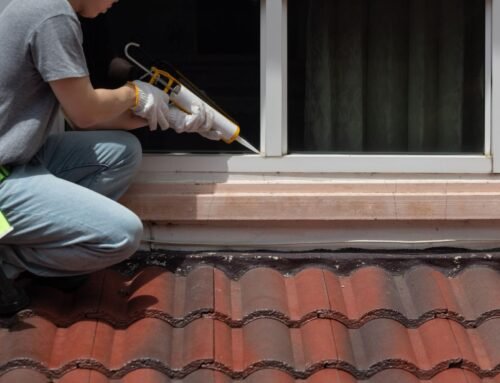
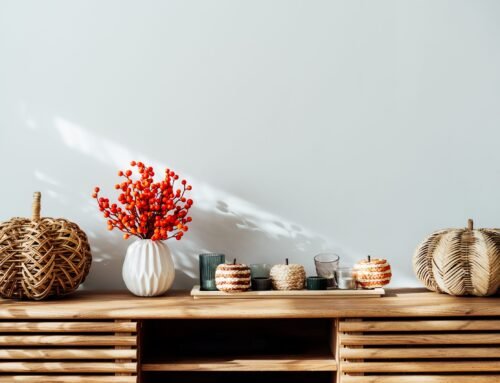
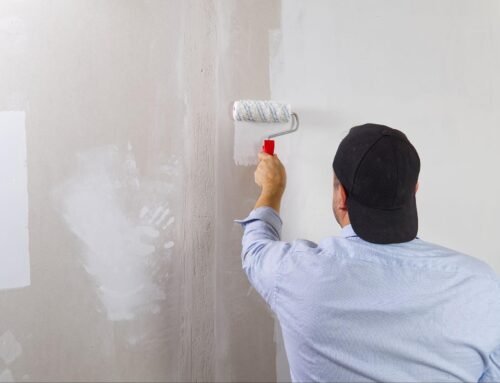
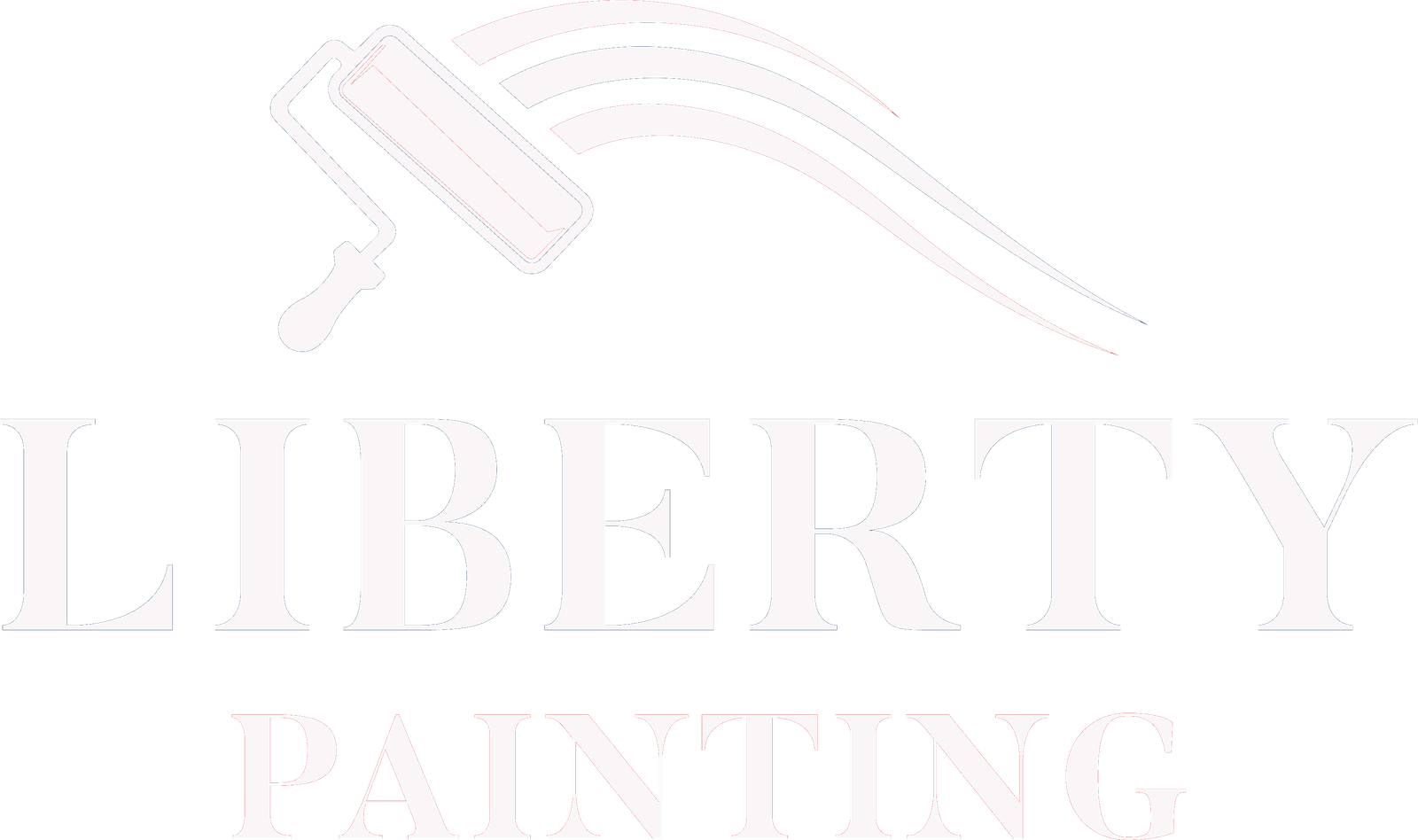
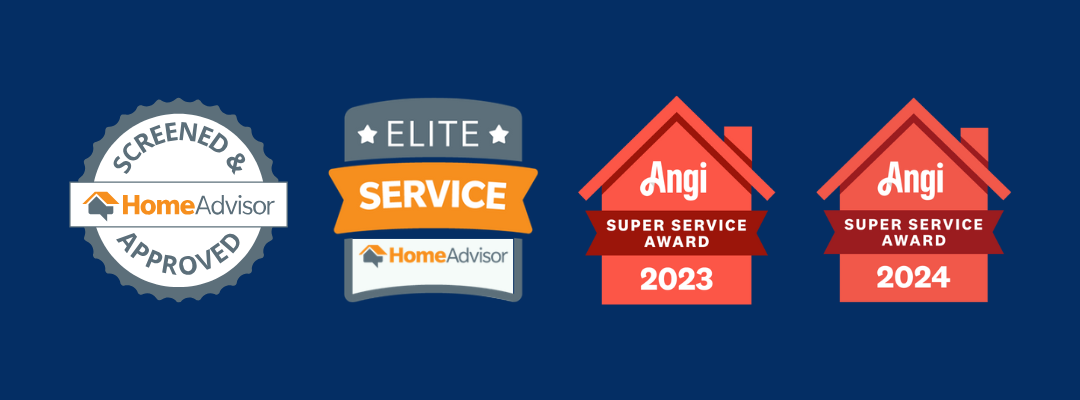
Leave A Comment